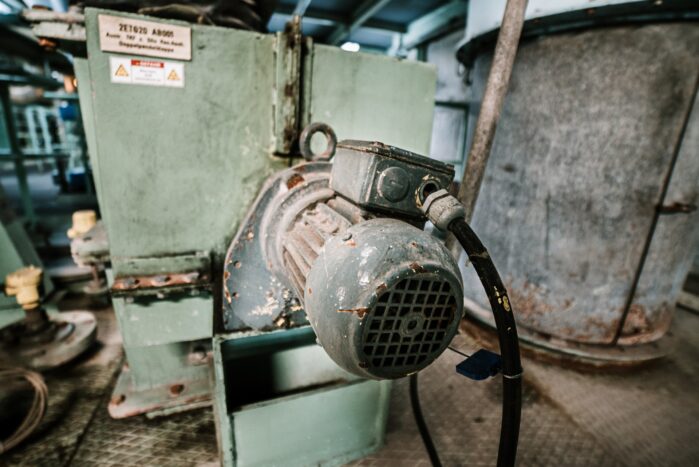Electric motors have various applications. You can find them in washing machines, pumps, driers, etc. However, selecting the best electric motor for your use can be challenging and overwhelming. This decision will require you to understand how these operate, loading capacities, and their types. Here are steps to follow when selecting the best motors for your needs.
Understand the Load Characteristics:
Suppose you are searching for a line-operated motor. In this case, you need to know the load characteristics. The load’s classification is in three categories:
- With constant torque
- One where torque changes abruptly
- Torque changes progressively over time
An example, bulk material conveyors, positive displacement pumps, and compressor motors need relatively steady torque. On the other hand, loads from unloaders, compressors, fans, and similar equipment differ. Therefore, always go for motors that offer the highest continuous loading points. These are the loads that arise at the highest speed.
Know the Horsepower Requirements:
If you are searching for an electric motor, the number one rule is understanding your objectives. For instance, it is important to get the appropriate motor that provides the correct power to your appliances. To determine the proper horsepower use the formula:
Horsepower is equal to torque times speed/5260:
Pick what you require, and don’t try going for more or less power than you need.
Consider the inertia needed when getting started:
When starting, this is vital as every motor has some inertia. But bar mills, gearboxes, punch presses, and some pumps need higher starting torques due to their large rotating components mass. A good-sized motor should be able to start load from a dead stop, propel it to working speed and sustain the operating speed. It allows constant production/output.
The motors’ rating is from one to four due to their capability to endure the starting and pull up the heat. According to NEMA, motors’ ranking is in ascending order of their ability to start inertial loads. They designate them as design types A, B, C, and D.
Design type B is the industry standard and is appropriate for commercial and industrial applications.
Adjust the Motor for the Duty Cycle:
The duty cycle refers to the load a motor needs to handle when it starts up, runs, and stops. The duty can be either continuous or intermittent.
- Continuous Duty: It’s the most straightforward and reliable application. It begins at the start-up and then changes to a long period of steady operations where heat becomes stable as the machine runs.
- Intermittent Duty: It’s more complex compared to continuous duty. There are frequent starts that shorten the life of the motor because the inrush current heats the conductor rapidly. Due to the heat, these motors have limited starts and stops that they can attain in an hour.
Motor Hypoxia:
If you run your motor at an altitude above sea level, it’s impossible to operate it at full potential. So, to make your motor work within the right temperature rise, you need to derate it on this sliding scale.
At about 3,300 feet, SF=1.15, AT 9,000 ft, it will decline to 1.0
Types of Motors:
Various electric motor manufacturers in India offer multiple models, but these are the two most common types: brushless and brushed. Here is a brief of what you can find in the market.
- Brushed Motors: They are the simplest, and you can find them in automobiles, toys, and home appliances. They are cost friendly and produce good torque at low speeds. However, they have cons; they need frequent maintenance and are noisy.
- Brushless Motors: They employ permanent magnets in their rotors. They are widely used in the aircraft sector and ground vehicle appliances. Compared to their counterparts, they don’t need a lot of maintenance and are more efficient. However, a disadvantage of these motors is they are hard to control unless you are using a specialised regulator.
- Vibrating Motors: These motors are appropriate for applications that require vibrations. Examples are mobile phones and game controllers. The vibration produced comes from motors with an unbalanced mass on a drive shaft.
- Stepper Motors: Mostly used in process control systems, printers, and machine tools. Made in designs that can hold high torque enables the user to move from one step to another. Although they are easy to make, they attract a lot of constant currents.
- Servo Motors: It’s common in hobby market products. They include RV toys and robotics.
Electric motors are present in various industrial and home appliances. Understand your objectives and incorporate the factors mentioned in the post to make an informed decision.
Related: Causes of A Burst Water Line(Pipe) and What To Do About It

2 Comments